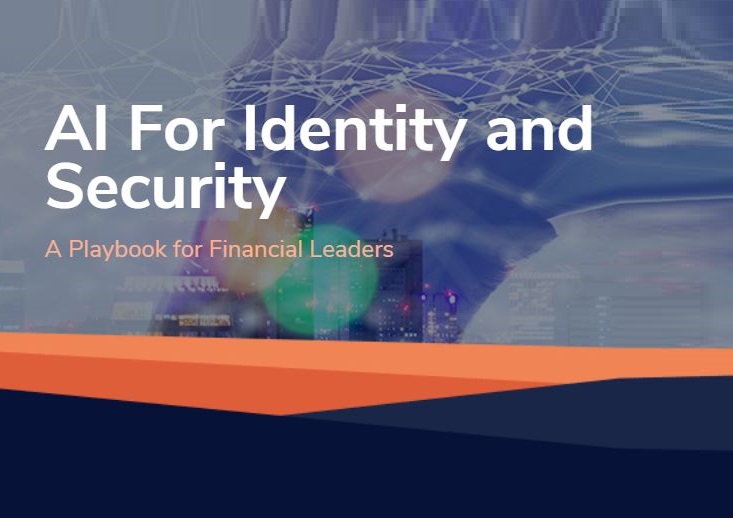AI & IoT
Artificial Intelligence (AI) & Internet of Things (IoT)AI Playbook for Financial Leaders

What is artificial intelligence?
Artificial intelligence (AI) applies advanced analysis and logic-based techniques, including machine learning, to interpret events, support and automate decisions, and take actions.
What are the applications?
- Robotic Process Automation (RPA) – Automation of manual processes and workflows
– Workforce optimization, back office reporting - Deep Neural Network (DNN) – Predictive modelling of complex, non-linear relationships across large datasets
– Multi-factor authentication, fraud detection - Machine Learning (ML) – Analysis of datasets to create probabilistic models to solve problems
– Risk management, behaviour analysis - Natural Language & Speech Recognition – Advanced speech, language, and intent recognition
– Chatbots, virtual assistants
Key insights & use cases
- The adoption of AI is growing rapidly in financial services, with 50% of banks and 54% of insurers expected to utilize AI tools in 2021.
– According to Gartner Research (Artificial Intelligence Heat Map for Banking and Investment Services, January 2021), the top business drivers for the adoption of AI include improving CX, reducing costs, and improving risk management.
- Authentication and security are key AI use cases, allowing financial institutions to ensure fraud prevention and security while delivering on CX goals. According to Gartner Research, improving CX could increase revenue by $110 million.
– Reduced authentication time
– Increased customer personalization
– Improves call centre agent productivity
- Best practices for implementing AI
– Select an AI model that is purpose built and optimized for the financial industry.
– Leverage both supervised and unsupervised learning.
– Tune AI models with constant feedback and optimize them for newer use cases.
– Leverage graph algorithms to detect more complex fraud elements and patterns.
– Ensure fairness in AI/ML. Any bias could gradually erode the accuracy of its predictions.
- Leverage AI to improve customer contact interactions.
– Know who you’re interacting with by utilizing robust voice and speech detection capabilities.
– Understand the mode of interaction by enabling AI to identify the device and network with capabilities such as phone number validation, carrier pathway detection, geo-location detection, and more.
– Ensure the security of the interaction by using AI to identify fraud risk including risky account activity, unusual calling patterns, suspicious transactions, and more.
- Leverage vendors that specialize in AI.
– Companies are looking for pre-packaged AI solutions and pre-trained models to help optimize the internal AI engineering efforts.
– AI specialists such as Pindrop can bridge the gaps in a company’s AI capabilities through deep intelligence acquired from billions of consumer interactions.
– Specialist vendors can also bring robust knowledge of the regulatory, financial and infrastructural implications of AI which can help to avoid mistakes.
Pindrop’s recent report: AI for Identity and Security.










